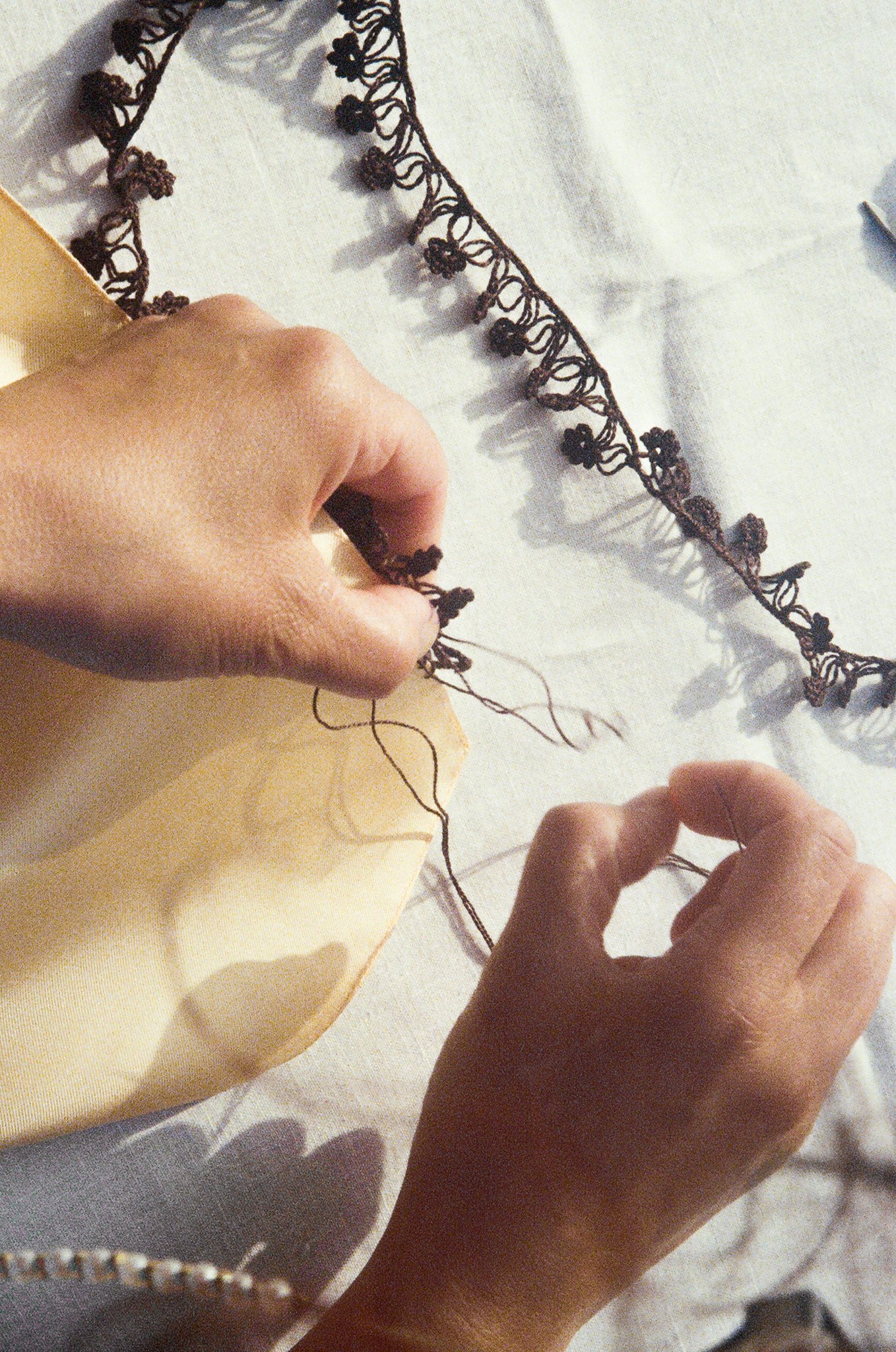An Ode to the Power Lunch
Photography by Shana Jade Trajanoska
An Ode to the Power Lunch
In celebration of the launch of our Power Lunch series, HURS founder Bonnie Langedijk revisits the original Power Lunch—and considers its new shape in a different era.
By Bonnie Langedijk
The power lunch, as it was first named, belonged to a particular kind of man. He wore a suit, spoke in short sentences, and rarely looked at the menu. The meeting wasn’t about the food—it was about being seen. Influence, after all, needed a setting.
The term first entered the American business vocabulary in the late 1970s. It was coined by the writer Lee Eisenberg in Esquire, in an article profiling the midday rituals of Manhattan’s elite. The Four Seasons restaurant became the unofficial headquarters for the men who ran magazines, movie studios, banks. The real currency wasn’t what you ordered but where you sat. The best tables were reserved for the most important people, and getting one meant you mattered. Business was conducted over steak and martinis, and decisions with far-reaching consequences were made between courses.
Women were rarely at those tables. And when they were, it was often in proximity to power, not possession of it. And later, as entrepreneurship became a fashionable term, the rise of women’s networking events often took a familiar shape—either highly gendered in tone, or tied closely to wellness culture, where the meeting point was a workout, not a conversation. These formats offered community, yes—but not always context. There was often the sense that what was being created was solidarity, rather than structure.
But culture moves. And lunch, it turns out, is remarkably resilient.
Photography by Shana Jade Trajanoska
Photography by Shana Jade Trajanoska
The power lunch was never just about lunch. It was a cultural form. A way to signal that the real work of shaping companies, headlines, and markets happened not in boardrooms but between courses. Even its timing—the middle of the day—suggested a kind of control. One could leave the office at noon, conduct a two-hour meeting over wine, and return, untouched by the demands of time.
But the rituals have shifted. The people have, too.
Today, the power lunch is being redefined. It no longer belongs to men in grey flannel. It belongs to women who are building businesses, leading teams, running studios, and making cultural decisions that shape the world. These lunches still involve strategy—but they also involve clarity, curiosity, and often a shared sense of purpose.
If the old power lunch was about access, its modern form is something else entirely. It’s not about who you know, but why you choose to sit down together. The value isn’t in numbers or proximity, but in alignment. To carve out time for a lunch like this is to insist on a different pace. It’s not about the performance of connection—it’s about the substance of it. And in that, there’s still real power.
The phrase power lunch still carries a trace of irony, and rightly so. We know where it came from: men in suits, corner booths, transactional conversation. That’s not what this is. This isn’t an attempt to mimic. It’s a repurposing. The format is familiar, but the intention has changed. Where these meetings once served a narrow idea of power, they now reflect a broader, more dynamic one. Women are not waiting to be invited into rooms, they are arranging their own, and choosing who gets a seat at the table.
Lunch, as always, remains a very good place to begin.






